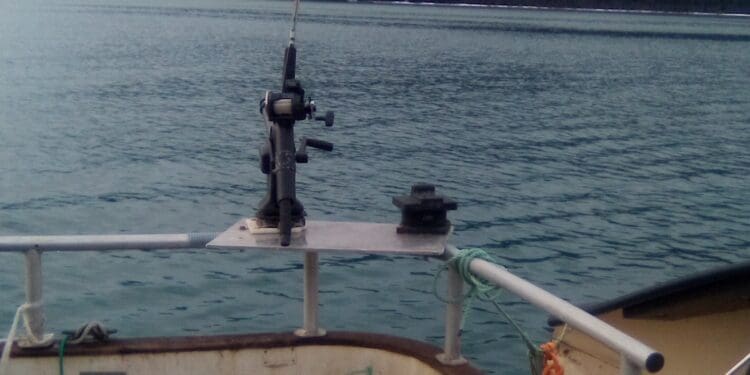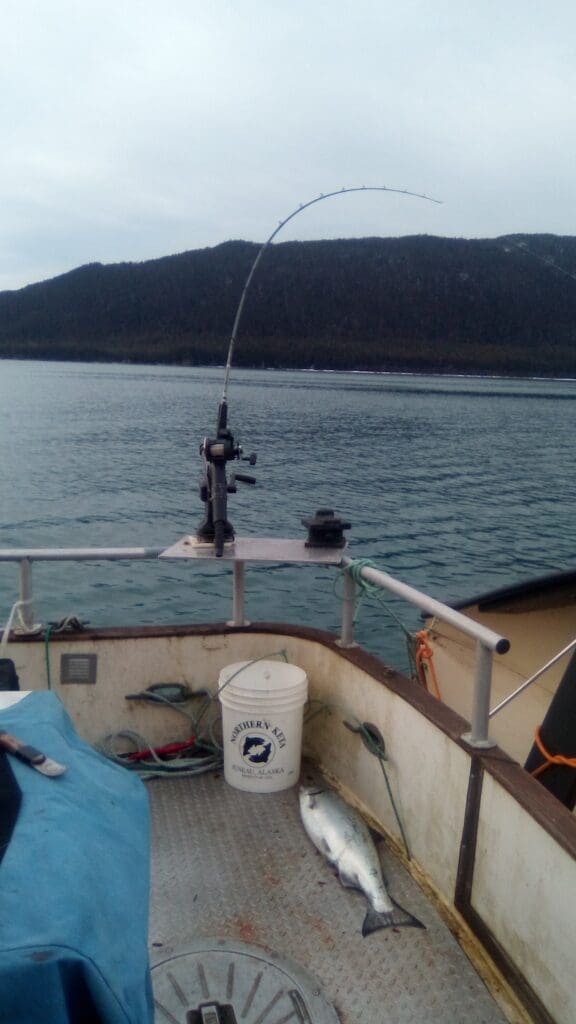Day 1-2 Sat-Sun.
Trip to Kingston went okay. Had to sleep overnight in the Seattle Airport. I could have got a hotel, but by the time I’d get to a bed in a hotel, I’d have about 4 hours to sleep before I had to get up again, and in my experience that’s never a good sleep, having to worry about oversleeping.
A two hour delay out of Seattle due to a leak in the wheel brake on the plane made things really tight to make my connection to Kingston in Atlanta, but luckily my flight out of Atlanta was delayed by 30 minutes, so I made it in plenty of time. And glad to, as somehow I’d been upgraded to first class.
On the ride to Atlanta, I watched the NCAA Women’s final. Iowa, with their phenom Caitlyn Clark, stayed with LSU for much of the game, but could never get back to even, and LSU beat t
hem handily. The flashy Clark, who made a habit of using hand signs to taunt other players, got a taste of her own medicine from one or two of the LSU stars.
The travel through the Kingston Airport took a bit of time getting my luggage and getting through customs, but soon I was outside the airport security and saw the driver with my name on a sign, and I was off to the hotel.
Day 3
Monday. Got up and headed to the hotel first thing on Monday. We were leaving for Alligator Pond right away. I returned to get my things packed, checked out of the hotel, and with Damar Wilson, my staff companion, and Tyler Richards, another volunteer here for bee keeping, we were off in the standard vehicle for these agencies, the diesel Toyota Hilux truck.
We stopped for a short visit with some fish mongers selling live red tilapia out of concrete tanks with aerators near our destination to drop off Tyler on the outskirts of Kingston. After the fish sellers understood I was an Alaskan fisherman and not there to buy fish, they stopped trying to sell me fish and allowed me to ask some questions. One of the sellers said they had a hard time selling their fish because people and restaurants preferred ocean fish, and found their tilapia “muddy” tasting. A pound. of life tilapia was 650 Jamaican Dollars (JD) or $4.50/lb – which is a high value to me! The fish looked beautiful.
Damar stopped for lunch at a cook shop – a small restaurant on the side of the road, with no or very limited seating. We had jerk chicken. It was excellent.
We got to our hotel, Tropics View, in Mandeville, got our rooms, then continued on to Alligator Pond, just to see the beach site. It was a surprisingly small stretch of beach where the boats came in, with several little huts I assumed were fish selling sites. We got to see a few men and women processing some fresh fish from a cooler. The fish looked good. I think the going price is about JD 1,100 or $7.33/lb! Again, a surprisingly high value. Maybe these fishers have more to teach me than I have to teach them.
I know I’ve only been through a slice of Jamaica, but the standard of living here seems very nice. I can tell there’s a large middle class because of the abundance of nice cars in good condition, and the sparsity of motorcycles – I’ve only seen a few since I’ve been here. And only 1 bicycle. The houses are well built and well kept and painted bright pastel colors.. The roads, while narrow and older, are in decent repair. There are many bars and cook shops, indicating to me expendable income. Ubiquitous electricity. Not sure about water and sewer. I’ve seen very few people I believe are tourists, indicating the economy where I’ve been is largely supported by residents. No one seems to notice me as out of the ordinary, and I haven’t had anyone run up to beg from me. Really, it feels like I’m in my own country. One thing in particular is when Jamaicans speak English, it is unusually understandable, to my ears anyway.
The road to and from Alligator Pond (AP) is a long, narrow windy road down a steep hill. The driving is on the left here, and that sure takes some getting used to. We didn’t spend much time at AP as we wanted to get back up the windy narrow dangerous road before sunset.
Day 4
Tuesday. Today we went to meet the hosts. James and Rona. They are a retired couple who are Jamaican nationals who (I think) were raised in Massachusetts, worked there until retirement, then retired to Jamaica to run a little Inn and meeting place for events, which they are slowly developing. They quizzed me on what I was there to offer. As the morning wore on, I realized that nothing was planned. James was interested in doing some sort of ocean aquaculture, which I wasn’t going to be much help with, but we had a long discussion on his plans and the potential. He’s a retired electrician who lived in Boston, and seems to have done quite a bit of research – both on the ground and through reading – so he knew more than I did about the project and hopeful potential.
James realized, as I did, that I was there to do what I said I could – talk to fishermen about fish quality and marketing – and he didn’t seem aware of that, nor that he was to arrange the program. I think he just volunteered to help out as he could, but not set up a program. So, with both of us now understanding the situation, we sort of bonded over it and said we’d do the best we could. I think about this time that Damar also realized there was nothing organized to do, and so he, too, sort of pitched in all the harder to help make something happen.
We got back to the hotel, and went to town to get a meal. We checked out the fish selections in a couple grocery stores. There was some nice looking about 1 lb each red colored snapper shaped fish that were whole, dressed and scaled and nicely vac packed. I couldn’t tell what country they were from. I also saw good looking salmon from Chile, small ocean fish from Guyana, and even some pickled fish from Jamaica. Even pink salmon fillets from Alaska. The case was almost all imported fish, and Rainforest was a name brand that was also the company where the fish I ate from the cook house was sourced.
The clerk at the cook house said the fish was “trout fish” but I’m not sure it could have been trout since one of the pieces was a large, cross-cut steak, unless they were big trout. The frozen fish and shrimp in the case were in better shape than the fish in either Ecuador or Madagascar, with little sign of freezer burn. I bought Lorraine the Jerk seasoning she wanted. How did we select which one to buy? Damar said by the one that has the least on the shelf as it’s the most popular….Genius! I also bought a pound of Blue Mountain Jamaican coffee. $30! I had to do the math several times to believe that that was the price. I got another one for Kurt. Hopefully they’ll notice it’s something special.. Last on the list is some rum for Lorraine. I tried the “overproof” Jamaican rum I’d seen on billboards, and it’s high alcohol firewater. Not sure they’ll like that one. I’ll look for another.
Day 5
Wednesday. I had some pumpkin soup for lunch at the hotel, and it was excellent. They have big big packaged muffins here. I had a “coconut roll’ a few days ago, which was decadently good. The spiced bun I had after lunch was good, too.
We headed out to AP at 230 pm to wait for the fishermen. They were coming in to a tiny little piece of beach owned by the biggest goat farmer in the area, as they are friends of him and friends of James and Rona. They pulled into the beach with the surf, then the 5 crew and some of us on the beach helped pull the boat up above the tide line using big pieces of ABS pipe cut in half for skid rollers. When the boat proved a little too heavy, the boat crew took out about 4 gillnets that were stuffed in rice bags to reduce the weight, and we got the boat all the way out. Some of the crew put a stick in the boat on either side of the long skinny boat (~28` long) to keep it from tipping over, and began unloading their spear guns.
When the chatter settled down, James introduced me to the group. Not as a USAID volunteer, but simply a fisherman from Alaska who was here to see what he could show them, and what they could show him. A great introduction, really. Then the boat crew and I sort of lost ourselves in fish talk, from fishing gear to fish species to dock prices to middle men to the market chains, to fish stock status, as fishermen from anywhere will do, talking their universal language. What a privilege to do these assignments. I asked them what I could bring the next day, and they said “snacks”, so I stopped and bought a loaf of bread, some big wedges of orange cheese out for the traditional Easter meal, and a coconut bun. That should be plenty for me, I thought.
Day 6
Today I went fishing with Leon and Junior (Elvis) Wilson and Tony and 2 other guys. I put on my long sleeve shirt and overalls, crocs, bucket hat, and lathered up the top of my
hands, face, ears, head and neck with SPF30. I made a monster cup of coffee, and we headed to AP.
We loaded the boat when the fishing crew arrived, and headed off shore in their 28’ sort of narrow canoe-like boat with a spotless 40 hp Yamaha Enduro outboard. There was a 2 to 3 foot chop, and swells up to 10 feet. It was pretty lumpy. The smell of the two stroke brought back memories of fish guiding on the Nushagak River.
We ran about 40 minutes in the chop. They put me in the middle seat – exactly where the spray comes over the side. I was wet and that turned to being soaked by the time they go to where they would fish first. But it didn’t feel bad at all, and cooled me down if anything. When we stopped to fish, I kidded them that they knew exactly what they were doing to use me as a spray block, and they thought that was hilarious.
They fish on shallow reef areas as far as I can tell. The Wilson brothers and one of the others dive using a three air line hookah set up from an Ingersoll Rand air compressor powered by a Honda gas motor. One of the Wilson brothers does the boat driving until they go underwater, and then the youngest of the group takes the tiller. He has to keep the lines from getting into the prop and keep the lines slacked for the divers below. Tony, who is the eldest in the group I think, in his early 60s maybe, starts and tends the Honda motor and air compressor.
After they got set up, the divers went over one at a time, each with a spear gun. Leon also took with him an empty soda bottle with the cap on. When he was in a spot on the reef for setting their gill nets, he let go of the soda bottle, and when Tony saw it, we motored over near the bottle and Tony threw over one of the gillnets in the rice bags. The corks are small on the net, and so the bag of net sunk where he threw it, and a diver grabbed it. We threw over two more nets awhile later.
If I understand the process correctly, the divers anchor two of the nets across from each other on the reef to act as a funnel, leading to a third net that is across the back of the opening of the funnel. Then the divers got back in the boat, and we took them to the other end of the reef. They reentered the water again, and the three of them swam towards the nets, trying to herd the fish to the nets. They also fished with their spear guns.
While waiting in the boat, we saw a couple porpoises – larger than anything I’ve ever seen. Turns out they are like the sea lion or killer whale of the salmon grounds. The porpoises chased the fish away from the nets. Fish that got into the nets were plucked by the porpoises. When we pulled the nets, there were about 35 fish. We fished several other reefs, and got fewer fish, although the non-Wilson diver got a decent bag of fish at one site. The porpoises just followed us from reef to reef!
Junior moved to the bow and started picking fish from the net. They only brought one cooler today since there was not room with me in the boat for the normal 2 coolers, and the cooler we brought was in the stern. I made myself useful and grabbed a dive bag that Junior tossed the fish into, and then we slung the bag of fish to the rear.
They keep their fish on block ice, which isn’t perfect but it certainly works. And I was glad to see the ice was hardly melted when we got in, indicating the cooler insulation was good. They didn’t bleed nor clean their fish on board, which is possible but not very practical given the space and number of crew and small size of the fish. I assume the fish taken by spear may already have bled. I don’t believe bleeding and on board cleaning are as critical to fish quality when the fish will be sold fresh within 24 hours and eaten within a few days. Especially when they are kept in a cooler with ice fairly soon after they are caught. If they were going to freeze or vac pack the fish, then I’d recommend bleeding for sure, and dressing if practical. I’d also recommend they try using frozen water bottles and then filling up the cooler when it’s full with water to chill the fish quicker, but I’m not sure if it might be counter productive if the water is 80 degrees and maybe too warm, as our water is closer to the high 40s or 50. A fish delivery route once a week in Mandeville might also be a viable option for one of the family members of the crew, perhaps. Mandeville has about 40,000 people, so larger than Juneau, and we never did see fresh ocean fish for sale there.
The Wilsons are interested in setting up a marine reserve near the Caye not far offshore from AP and right near where we were fishing.
When I saw the divers taking off their gear and stowing it after the 4th reef or so, I knew we were headed in. All of a sudden, Junior said to pass up the snacks from the bow. I looked around for one of their bags of food or something, until I realized they meant….MY snacks! I had taken a piece of bread from the end of the loaf, but hadn’t touched it, the cheese or coconut roll the rest of the day. With all the wallowing around in the waves and swell, I was a tad queasy, and just concentrated on drinking lots of water. I handed up the bag of goodies like I knew I’d brought it for everyone, and was happy now I’d got the extra cheese at checkout yesterday! The hungry fishermen soon were cutting up cheese and bread and made quick work of the food.
I talked to Tony while waiting on the divers. He said he worked in construction on one of the Bahamas islands for 10 years. He’d go fishing on Saturdays and sell his catch on Sundays. He said he had a list of people who bought fish and they didn’t always catch enough for everyone. When I asked him about direct selling here in Jamaica, he explained that they do have some direct market customers, who they give a small discount from what the customer would pay at the market, but more than the fishermen get from the market ladies. The rest he sells to the market ladies. He said they do that as they need to keep the market ladies in business since they don’t want to have to be selling fish the day after they come in, but be back out fishing, and they need to sell to the market ladies so that they will always buy from them. It made good sense. And from the cars they were driving and the houses they lived in, it looked like they were making a decent living.
I talked to Junior on the way back to town, and he told me the same thing – everyone needs to make money. It was a great day being out with fishermen who love what they are doing and so comfortable in the boat and in the water. Right in front of their hometown, where their dad fished. Junior said his 14 year old boy liked to fish, and was already a diver, and that made me happy. This was my best day ever working these volunteer assignments, even though I don’t have much to offer on advice to improve their operation.
I can’t remember exactly when and who in crew I talked to, but they also make artificial reefs out on their fishing grounds. I was surprised that it took months, not years, for the fish to be attracted to the reefs.
My staff companion Damar does not eat seafood, but he caught a barracuda by accident once fishing, when he had a small fish on his line and was playing with it in the water. The barracuda took it and he landed the barracuda. He told me those with him fed a piece of the barracuda to ants. If they ate it, the barracuda was safe to eat. If not, it was not safe. I did not know that barracuda carry a ciguatera toxin that sounds like paralytic shellfish poisoning in that it can cause paralysis or death!
When we got back to the goat farmer’s beach, we hauled the boat up. Leon got a bucket of freshwater and washed the outside and inside of the outboard – no wonder it looks brand new. Some of the catch was pulled out for the crew and friends, and one of the market ladies from the day before arrived to buy the rest.
When I got to the hotel and got out of my saltwater clothes and got into the shower, I saw that the tops of my hands were sunburned, and there were red spots on my feet that I initially thought were bug bites or something, then realized they were the hole pattern of my crocs! My head fared much better, and I definitely felt cooler in my new bucket hat having shade all around my head instead of just my forehead with a baseball cap.
Day 7
Friday. Got up for 7 am breakfast. I was the first there, and first served. Boiled yams, bananas, chicken stew, bok choy greens, and sweet bread and cheese. James and Rona invited us to a family in the afternoon. An Easter weekend thing, I think. They are generous and accommodating. I watched pelicans dive from the sky fishing. We had fried chicken and fish, fried plantain, and some fried dough type things.
Day 8
Saturday. Stayed at hotel. Studied marine preserves and Jamaican fisheries in preparation for the next meeting in AP. It rained here pretty good this afternoon. The biggest downpour since I’ve been here.
Day 9
Sunday. We met some Jamaican Ministry people today at James and Rona’s. They had gone out with the Wilson brothers to see the area the Wilson’s want to get designated a sanctuary so the seine and trawl net fishermen don’t fish there and ruin the coral and harvest juvenile fish. Rona made some excellent “steamed fish”, which was fish that was first coated and fried, and then steamed in coconut milk thickened with crackers and come cassava flour. The best fish I’ve had here.
One of the items they touched on while discussing the project was to have alternatives for the net fishermen they wanted not to fish there. I wasn’t called on, so I didn’t interject. It was a very interesting discussion. Very sophisticated in trying to discuss all angles to make the project work, such as getting local buy-in, and making sure everyone knows what’s going on, from the ministry people to the local community.
I talked to one of the Ministry officials named Junior (didn’t get a last name) afterward, and told him the government in Alaska offered job training to fishermen that were not making enough money when salmon prices plummeted. I told them if fishermen got trained as diesel, outboard, or auto mechanics, etc., , they could still benefit the fishing community by providing a needed service and gain a useful job skill.
I went over the basics of canning smoked fish with Rona. Most homes have a pressure cooker in Jamaica, according to Rona. The difficulty is getting 2 piece canning lids for pressure cooking. I could not find them in the store here – only the jars with one piece lids I’ve seen elsewhere outside the US that don’t have safety standards for pressure cooking for them. I’m guessing she can get the lids and rings from the US.
We stopped at the nearby Hole River on the way home. We’d heard it was a popular holiday spot. There were maybe 200 Jamaicans swimming in the river or the ocean, cooking, and just having a good time, with lots of kids in swimming suits having fun. What a great local hangout.
I got a good look at a mongoose crossing the road on the way home. They look alot like a larger squirrel species from a distance, but up close I see they are more muscular and maybe look more like a marten. I asked Damar if they bother chickens, and he said they do. He said people who keep chickens in their backyard will keep a radio on a talk station playing where the chickens are, and this will keep the mongoose away as they think people are present. Smart!
One thing that’s not smart is the too popular (for me) gangster pants look, where young men wear their pants halfway down to their knees with their underwear and full butt showing. Who thinks this is a good look? Haven’t heard a single person say it is. Ever. I don’t get it.
Another funny story Damar told me was about Damien Marley, Bob’s son and a reggae singer. He said his dreadlocks reach the floor, and if he plays soccer, he has to wear a backpack to hold his hair. That’s good stuff!
Another cool thing here: a neighborhood ice cream van! Complete with loud music.
Day 10
Easter Monday. A big holiday here, with most businesses shut down. I watched movies all day. If I see one movie a year, that’s alot for me, so this was kinda fun. Then college golf and MLB baseball in the evening. Had another chicken dish that was actually almost too hot for me.
Day 11
Tuesday. The Wilson brothers were supposed to come up to see my slide presentation, but they didn’t make it as one of the brothers was ill. So, I went through my slides and added more detailed descriptions to the slides so we could send it to them.
Day 12
Wednesday. We left right after breakfast for Kingston. We took the road that leads to the north coast so we could go by Bob Marley’s home and mausoleum in the little town of Nine Mile, and check out fish on the North Coast.
There weren’t alot of big billboards announcing Marley’s place. Just some little of the half moon type of signs you might see directing you to a church in the states.
The museum was well done. You pay $30 US, and you are given a guide. We went to see Bob Marley’s mother’s house, his little one room house right near it that he sings about in “Is this Love”, the church his mother built next to the one room house for Marley’s mausoleum. His niece (I think) is buried under him in the marble tomb. She died of cancer at age 11, I think There’s another building with the mother’s remains, and Marley’s nephew, who died a few months ago in Florida of asthma. (I thought: who dies in the US of asthma?- he was only 31, I think). The guide told us to take off our shoes, and not to take photos or smoke cigarettes when you visit the tombs, but you can smoke pot if you want to. There were several butts of doobies on the grounds.
I don’t think I’ve been to a more – “important?”- “solemn?”- “sacred?”- not sure what to call it – place in my life. Marley is one of the most important figures in the countries I’ve worked in. A 14 year old in Liberia or Sierra Leone or Mali or Haiti, or Madagascar probably won’t know who the Beatles or Elvis or Bob Dylan are, but they sure as hell know who Bob Marley is. I guess I’m not sure about Ecuador, but guessing more would know Marley than the Fab 4.
We stopped at the beach at St. Anns on the north coast. I saw clear water and a white sand beach, and uncharacteristically for me, I said I’m going swimming. As we walked the shore to a place for me to go in, we saw long fish cruising the shallows. They looked barracuda shaped, but Damar didn’t think they were barracuda. Then one rolled, and I saw a large scale on it, and knew that wasn’t characteristic of barracuda. I found a spot to go out swimming, and saw one of them from the side. Sure looked like a tarpon to me. The fish were about 3 foot long and maybe 20 lbs, so not big for tarpon, if that’s what they were. And I gotta believe Jamaicans don’t eat them if no one was fishing for them in plain sight. I waded out into the warm water in my swim trunks, took a dunk underwater, and that was all I needed. I headed back to the beach. Not going to get sun burned!
We saw one or two people selling smaller fish on the beach, and several selling fish on the road. No one had them on ice. That was sad.
Changed hotels to Liguanea Club, not far from the Altamont Hotel and office. A James Bond movie scene was shot here in 1962, according to a poster in the lobby. Seems like an old hotel with wooden floors and no elevator. It’s a tennis club from what I can see. I like it. Staff, as it has been everywhere, are very nice.
Day 13
Thursday. Had Jamaican breakfast in the hotel and it was good. Did some hand laundry in the sink and it was dried by noon. Glad there’s ac here as the ceiling fan doesn’t move much air. I sent in my report today.
Ventured out to the grocery store about 4 blocks from here this evening. Got back and ordered some fries and salad to go at the hotel restaurant. Luckily, Tyler, the volunteer I met the first day, was there, so we talked for at least an hour before my food was done. We made plans to go to the fish market, and maybe some other stuff the next couple days, as we leave on Sunday. Glad to have someone to play with.
Day 14
Friday: Tyler and I went to the Red Rose fish market in downtown Kingston this morning to check it out. Not much fish at the fish market. Vendors said because not many fish are being caught now.
Had my exit interview with the director of the NGO that brought me here. They seemed happy with my observations and recommendations. This ain’t rocket science.
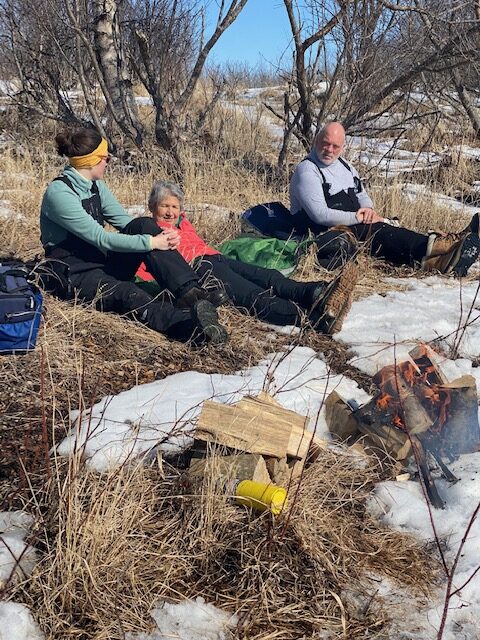


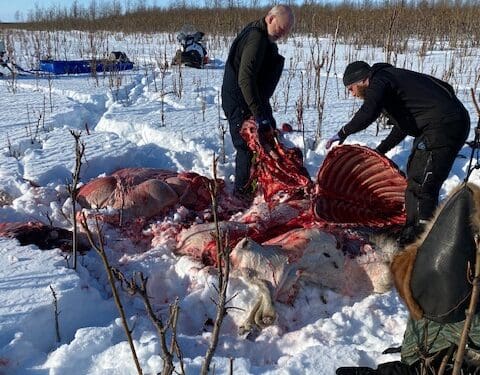
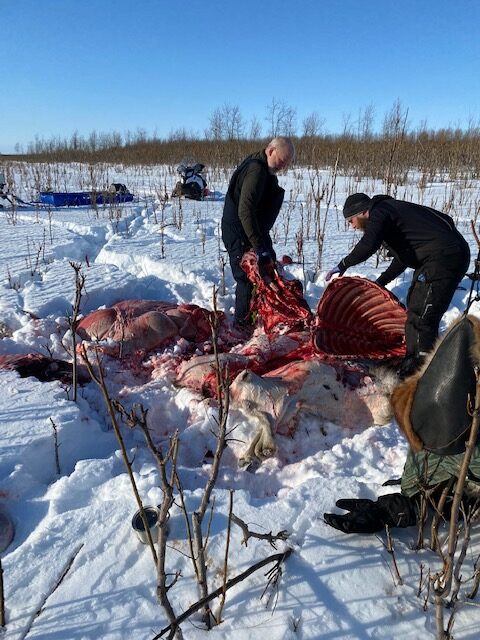
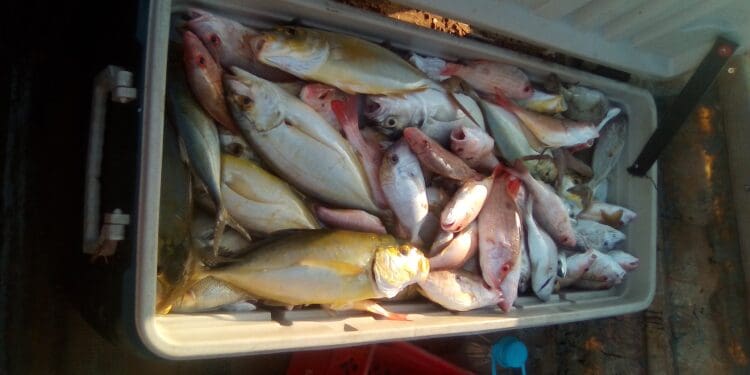
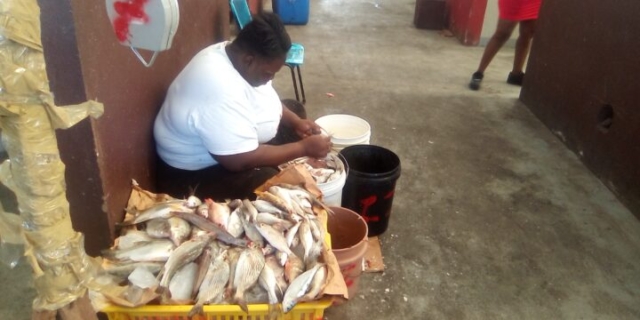
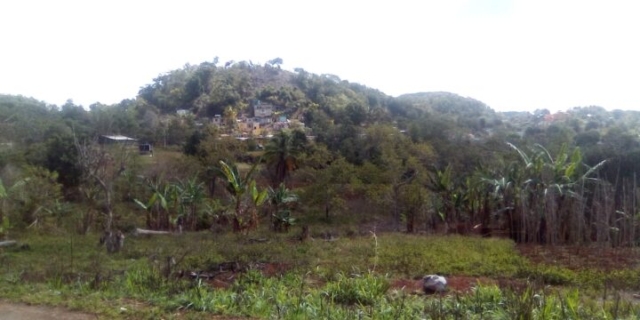
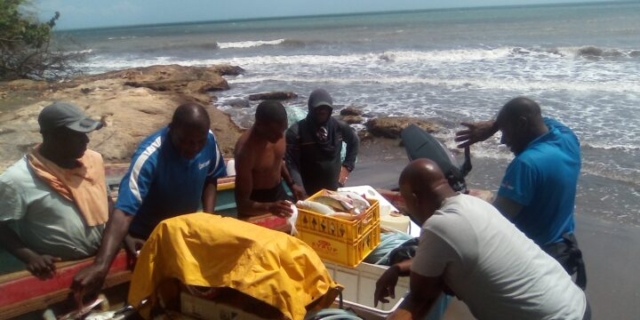
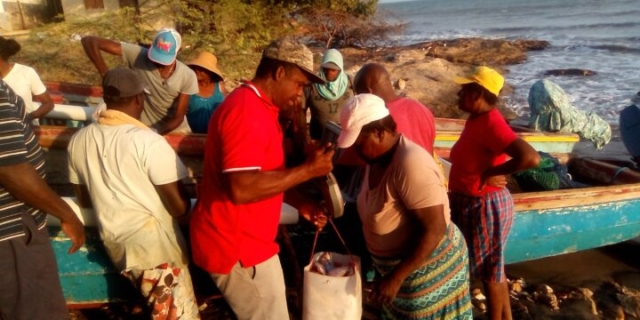
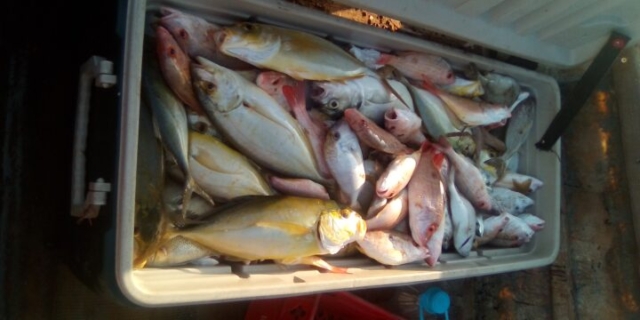

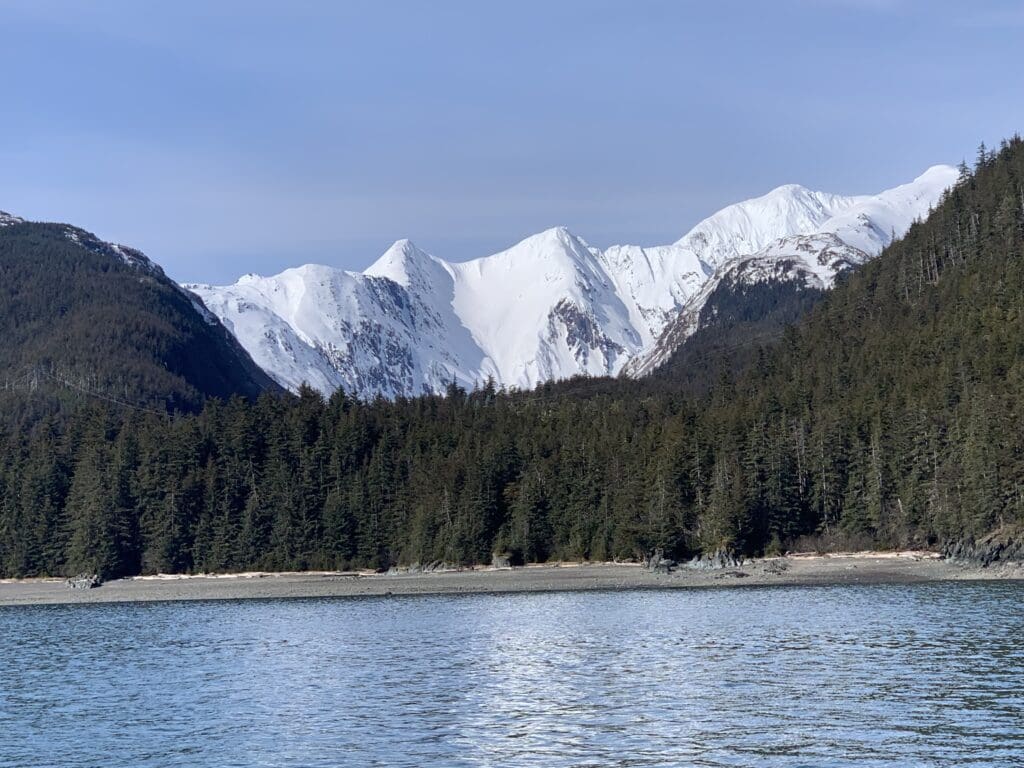
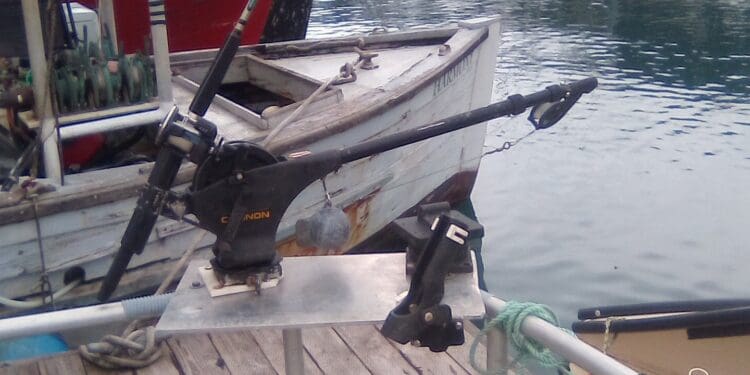
 Dougie emailed early this morning. Said it looked like the weather would not work to travel from Bethel to the Yukon River for moose hunting. Luckily, I booked the tickets with mileage, so easy to get the miles refunded, which I think was Doug’s biggest worry.
Dougie emailed early this morning. Said it looked like the weather would not work to travel from Bethel to the Yukon River for moose hunting. Luckily, I booked the tickets with mileage, so easy to get the miles refunded, which I think was Doug’s biggest worry.